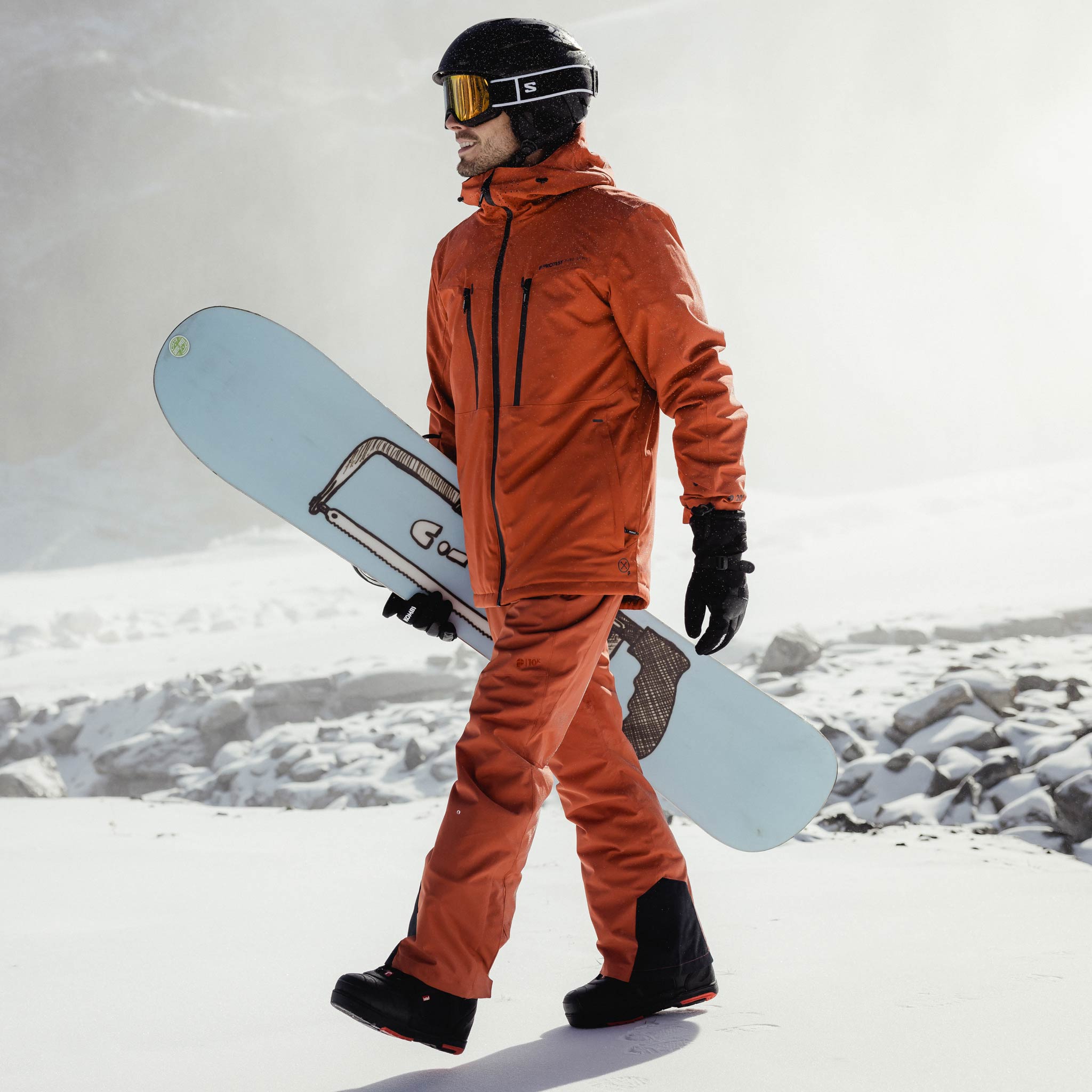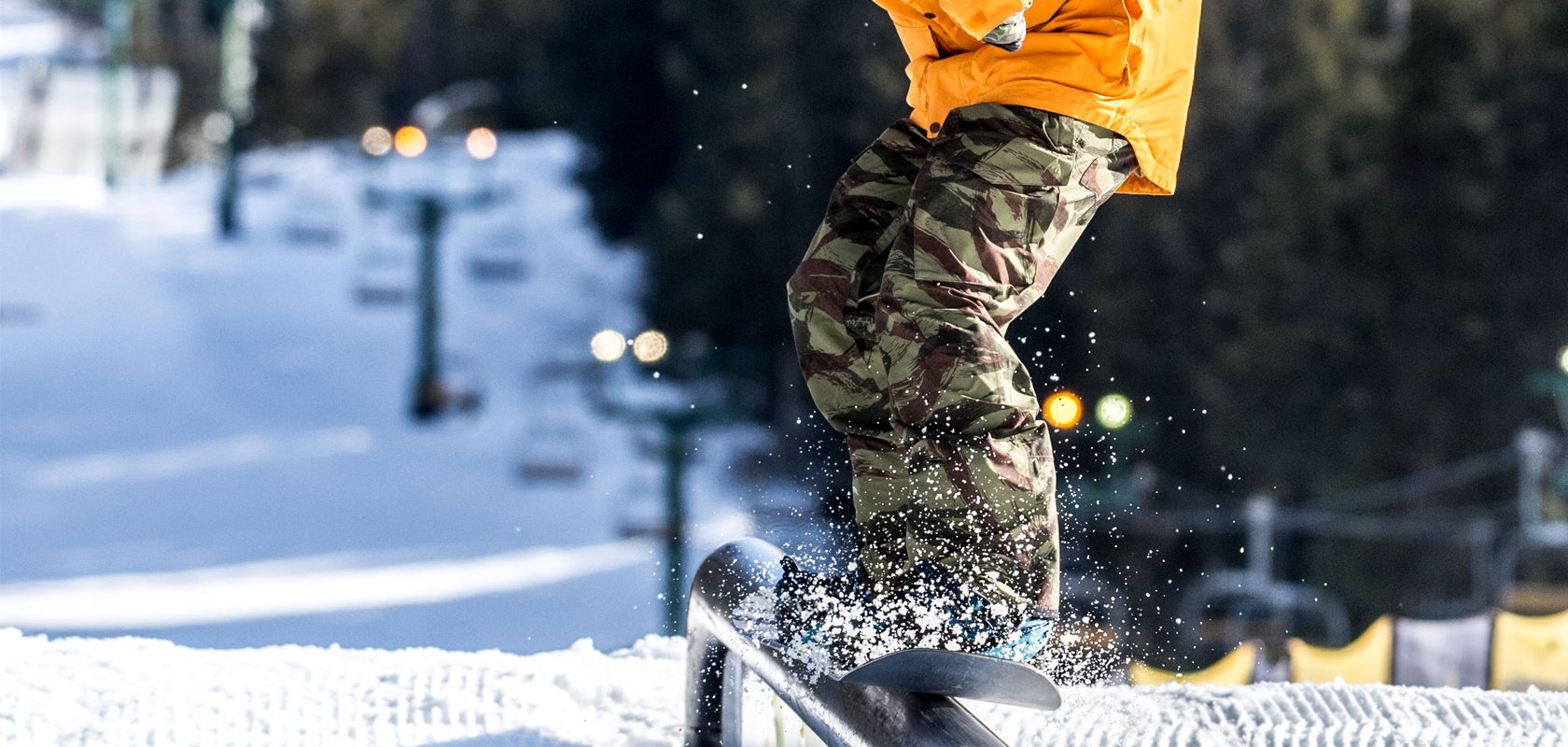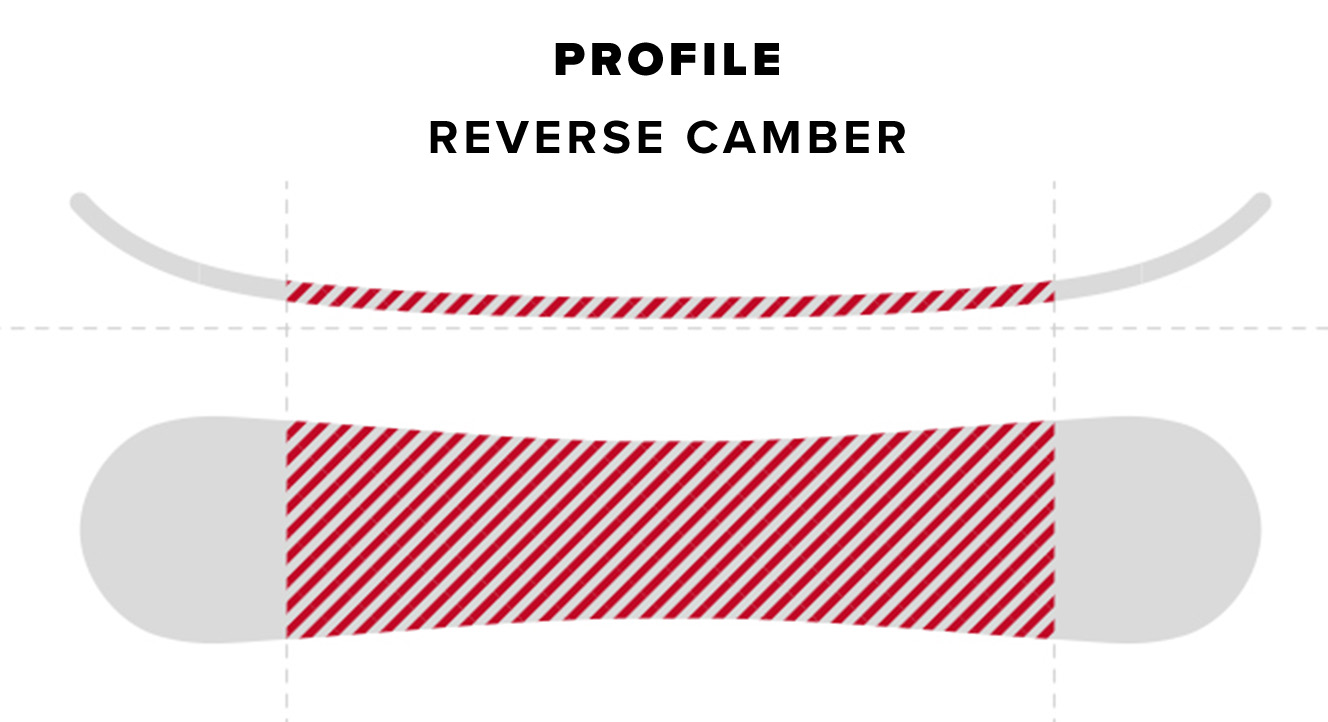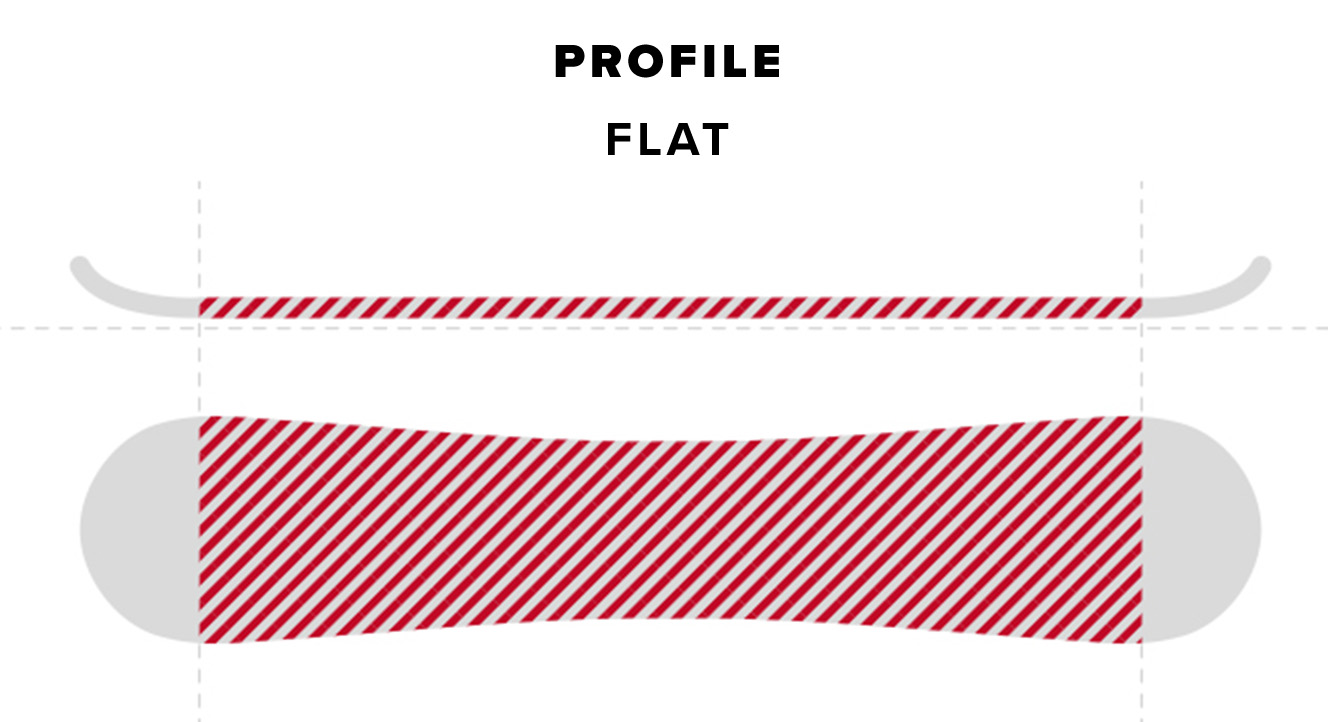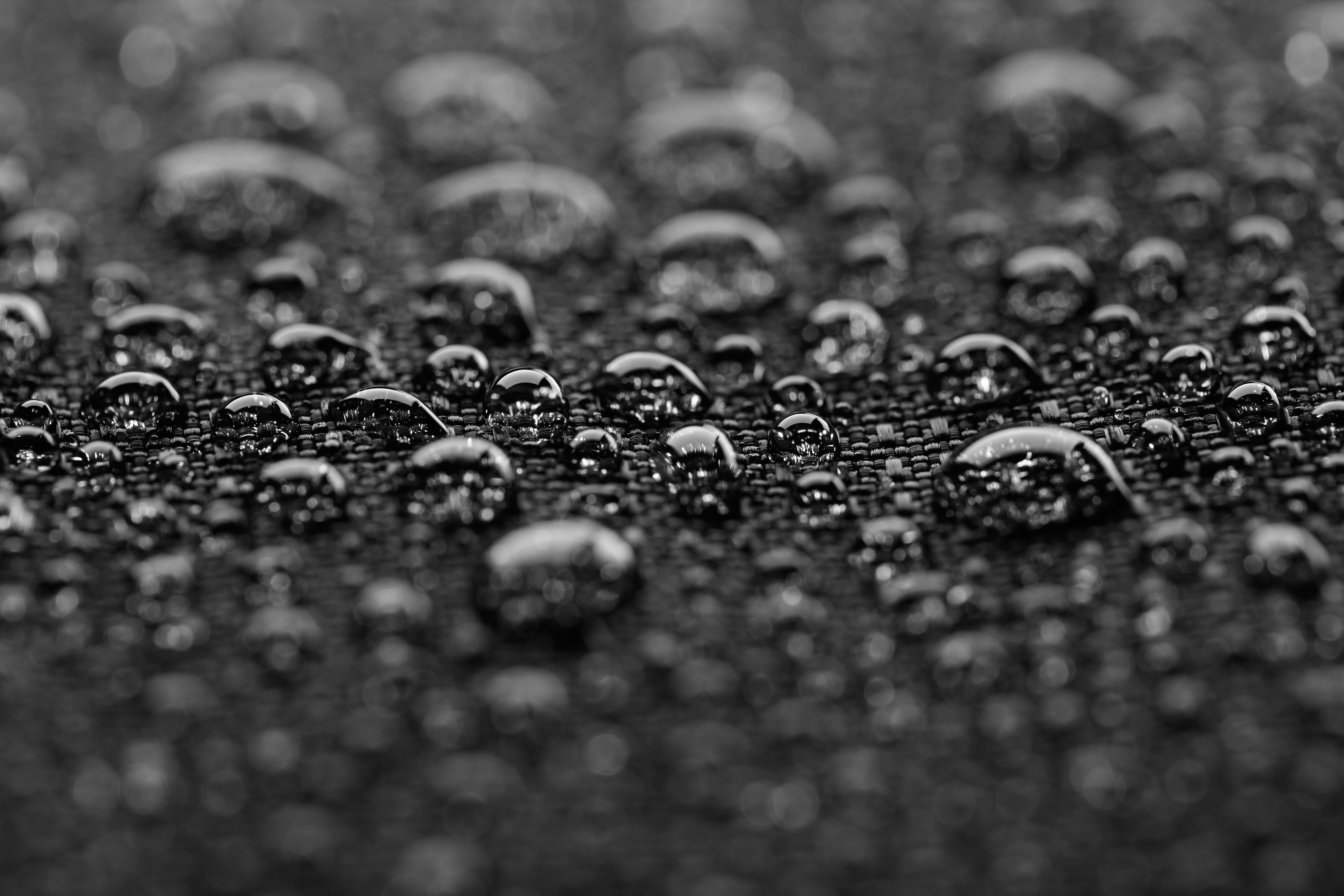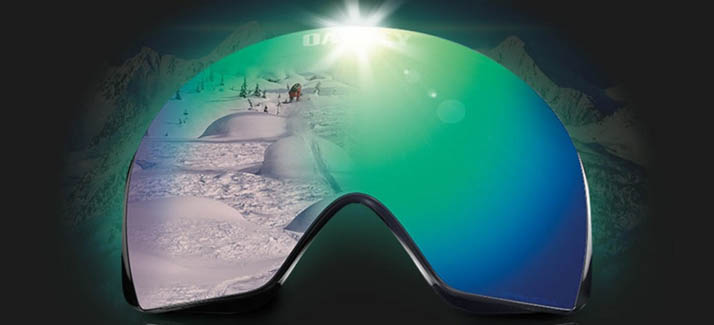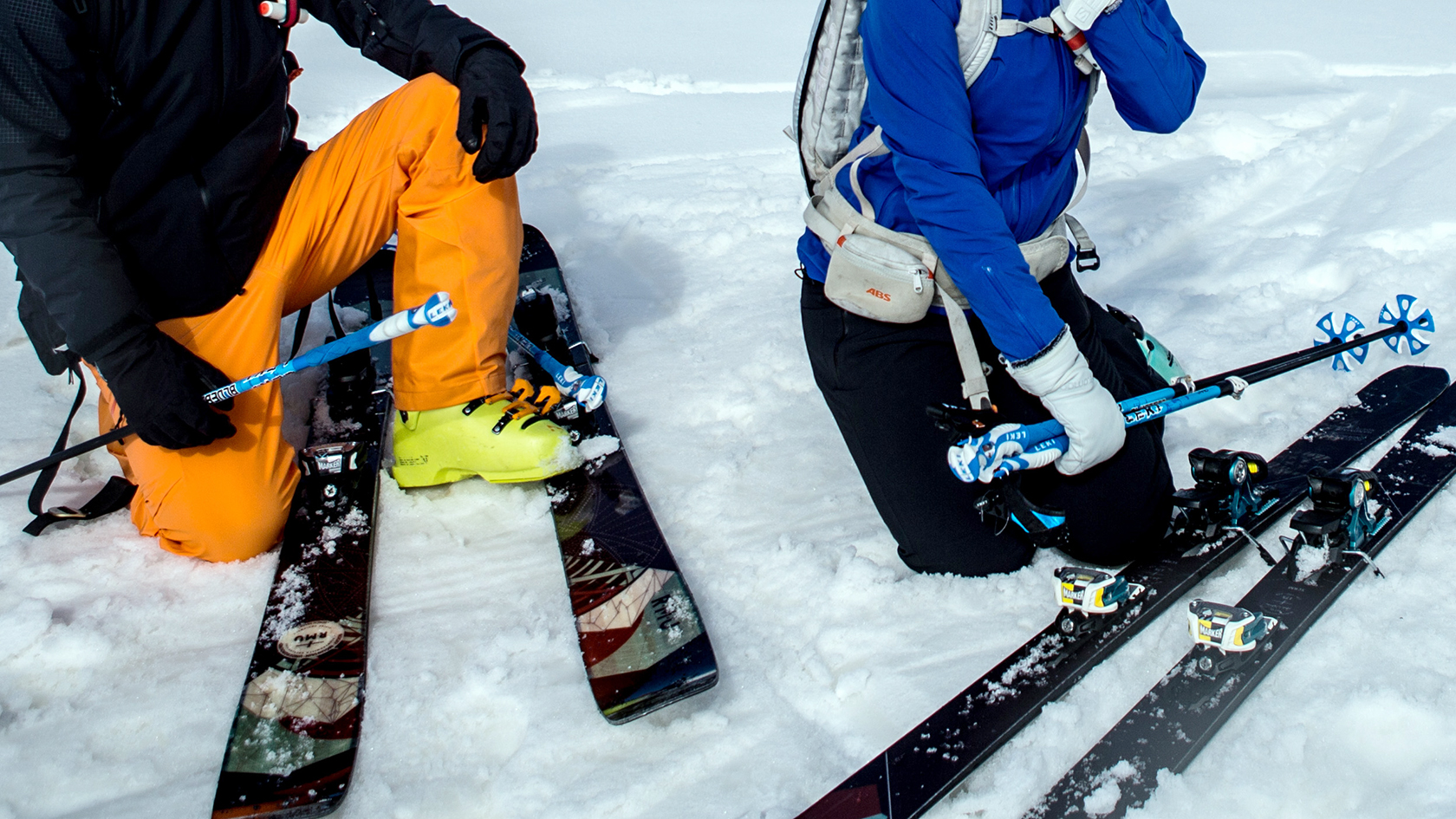With so many choices in snowboard shapes, flexes, and profiles , selecting the right board can be a real challenge. If you’re new to the slopes or thinking about switching things up, knowing the basics helps you find a board that truly suits your style and keeps your rides smooth and fun. Let’s look at what sets different snowboards apart!
Matching Your Ability Level to Your Snowboard
- Beginners: Prioritise softer flex (1–5/10) for forgiveness and easier turns. Avoid aggressive camber profiles; flat or rocker shapes reduce edge catches.
- Intermediate: Medium flex (5–7/10) offers versatility for progressing into varied terrain. Hybrid camber profiles blend stability and playfulness.
- Advanced/Expert: Stiffer boards (7–10/10) provide precision at speed and in steep terrain. Camber-dominant profiles enhance edge hold for carving and big-mountain riding.
Ability dictates construction too. Beginners benefit from durable extruded bases (low-maintenance), while advanced riders favour sintered bases for superior glide and wax retention.
What Type of Snowboard Should You Buy?
Choosing the right snowboard is essential for enjoying your time on the mountain, whether you’re a beginner or an expert. The type of board you select will depend on your preferred riding style, the terrain you want to tackle, and your personal goals. Below, we explore the main types of snowboards and what makes each unique, helping you make an informed decision and ensuring your snowboarding gear is perfectly matched to your needs.
All-Mountain Snowboards
All-mountain snowboards are the most versatile option, designed to perform well across a variety of conditions and terrains. Whether you’re cruising groomed runs at a resort or venturing off-piste for a bit of powder, these boards provide a reliable and enjoyable ride. All-mountain boards typically feature a directional or directional-twin shape and offer a balanced flex that suits most riders. If you’re looking for a single board to handle everything from park laps to backcountry adventures, an all-mountain snowboard is a top choice.
Freestyle Snowboards
If your passion lies in the terrain park, hitting jumps, rails, and boxes, a freestyle snowboard is the way to go. These boards are designed for agility, playfulness, and trick performance. Freestyle snowboards usually have a true twin shape, meaning the nose and tail are symmetrical, making it easier to ride switch (backwards). The flex is often softer, providing forgiveness and making it easier to press and butter. Freestyle boards are generally shorter in length for quicker spins and better manoeuvrability in the park. Whether you’re just starting out or are an experienced park rider, a freestyle snowboard will help you progress your skills and have more fun.
Freeride and Powder Snowboards
For those who love exploring off-piste terrain and riding deep powder, freeride snowboards and powder snowboards are the ideal choice. These boards are built for stability and float in challenging snow conditions. Freeride boards often feature a directional shape, with a longer nose for better float and a stiffer flex for control at high speeds. Powder snowboards may also have unique features like tapered tails or setback stances to keep the nose above the snow.
Splitboards
For adventurers who want to explore the backcountry and earn their turns, splitboards offer the ultimate solution. Splitboards are designed to split in half lengthwise, transforming into a pair of skis for uphill travel. Once you reach your destination, the board locks back together for a smooth, controlled descent. Splitboards are ideal for those who want to escape the crowds and experience the freedom of the mountains. They require specialised bindings snowboarding and some additional equipment, but for serious backcountry enthusiasts, a splitboard is an essential part of their snowboarding gear.
How to Choose the Right Snowboard Length and Width
Selecting the correct snowboard length and width is crucial for maximising comfort, control, and performance on the slopes. The right size ensures you can carve with confidence, handle variable terrain, and avoid common issues like toe or heel drag. Here’s a detailed guide to help you navigate the process and find the perfect fit for your riding style, body shape, and ability.
Finding the Right Snowboard Length
The length of your snowboard is one of the most important factors influencing how it feels and performs. While many people use height as a rough guide, your weight and riding style are actually more significant determinants.
Weight-Based Selection
Most brands provide size charts that recommend board lengths based on the rider’s weight. Generally, heavier riders benefit from longer boards, which provide better float in powder and more stability at speed. Lighter riders, on the other hand, will find shorter boards easier to control and more manoeuvrable. As a rule of thumb, if you’re near the upper end of a weight range, consider sizing up for extra stability; if you’re at the lower end, a slightly shorter board will be more responsive.
Riding Style Considerations
Your preferred style of riding also plays a big role in choosing the right length.
- Freestyle riders who enjoy tricks, jumps, and park laps usually opt for shorter boards, which are easier to spin and more forgiving on landings.
- Freeride and all-mountain riders often choose longer boards for added stability and edge hold, especially when tackling steeper terrain or deeper snow.
- Beginners may find a slightly shorter board easier to handle, helping them build confidence and master basic techniques.

Height as a Secondary Factor
While height is less critical than weight, it can help fine-tune your choice. Many riders use the “chin to nose” method as a quick check, but remember that this is just a starting point. Always refer to the manufacturer’s size guide and consider your weight and riding style for the most accurate fit.
Choosing the Right Snowboard Width
The width of your snowboard is just as important as its length, especially if you have larger feet. Wearing the right snowboard boots is essential, but if your boots overhang the edges of the board, you may experience toe or heel drag—causing your boots to catch the snow and potentially throw you off balance.

Boot Size and Board Width
If your boot size is EU 44 (UK 9.5) or larger, you should consider a wide snowboard. Most standard boards are designed for riders with smaller feet, so choosing a wide model ensures your boots sit comfortably over the board without overhang. Brands like Burton offer a range of wide options to suit larger boot sizes.
Wide Boards for All Styles
Wide boards aren’t just for those with big feet. Some riders prefer the extra width for added stability, especially when riding powder or carving at high speeds. Whether you’re looking for a freestyle board, an all-mountain board, or a freeride board, there are wide versions available to suit every style.
Decoding Camber and Rocker Profiles
Camber
Splitboards feature relatively new technology, allowing backcountry riders to break down their snowboard into two separate halves for touring and using uphill. Once you’ve reached your destination you can reconnect the two halves, and with special bindings, ride downhill normally.
Rocker/ Reverse Camber
A rocker, also known as a reverse-camber board, is a camber turned upside down. Ideal for both beginner and advanced riders, the rise of the tip and tail away from the snow results in easier float in deeper powder. A rocker will also give a looser, more manoeuvrable feel, freeing up the contact points for less edge catching and more confidence.
Flat/ Zero Camber
A flat snowboard, or zero camber, will lay completely flush to the snow into a regular rise tip and tail maintaining the stability and pop of camber but with the less-edge catching and improved powder float of a rocker.

Tip Rocker
Tip rocker refers to a snowboard profile where only the front (tip) of the board curves upward, away from the snow, while the rest of the board—typically under the bindings and through the tail—remains flat or retains another profile such as camber or flat.
Tip & Tail Rocker (Double Rocker)
Tip & tail rocker—also known as double rocker—means both the tip and the tail of the snowboard curve upward, creating a “banana” or U-shaped profile when viewed from the side. The middle of the board, under the bindings, is the lowest point and makes the most contact with the snow.

Hybrid Rocker
Camber, rocker, and flat profiles can be combined in a variety of ways to create different rocker profiles. These combination rockers give riders the best of each type for different mountain rides. Brands are constantly experimenting with new and combined rocker types.
Snowboard Shapes Explained
Understanding the shape of your snowboard is just as important as selecting the right length, width, or camber profile. The board’s shape determines how it will perform on different terrains and what kind of riding it’s best suited for. Here’s a breakdown of the most common snowboard shapes: directional, twin, and directional twin.
Directional Shape
A directional snowboard is designed primarily to be ridden in one direction—forward. The most noticeable feature is that the nose is longer and often wider than the tail, and the binding inserts are set back towards the tail. This design helps the board float better in deep powder, as the elongated nose keeps it on top of the snow, while the shorter, stiffer tail provides stability and control during turns
Twin Shape
A twin snowboard is completely symmetrical from nose to tail, with the binding inserts positioned in the centre. This means the board rides exactly the same whether you’re going forwards or backwards (switch), making it ideal for freestyle and park riding.
Directional Twin Shape
The directional twin snowboard is a versatile hybrid that blends elements of both directional and twin shapes. At first glance, it looks like a true twin, but it has a slightly longer nose and sometimes a set-back stance. The sidecut and overall shape remain symmetrical enough for switch riding, but the subtle directional tweaks improve performance in powder and on groomers.


Understanding Snowboard Flex: Soft vs. Stiff
Choosing the right flex for your snowboard is as important as selecting the correct length, width, or shape. Flex—the board’s ability to bend—affects everything from how easily you can turn and perform tricks to how stable you feel at speed. Most manufacturers rate flex on a scale of 1 (softest) to 10 (stiffest), with medium flex typically falling between 3 and 5.
Soft Flex (1–4/10)
Soft flex snowboards are highly flexible, making them forgiving and easy to manoeuvre. They are especially popular among beginners, freestyle riders, and those who enjoy a playful, creative approach to snowboarding.

Stiff Flex (7–10/10)
Stiff flex snowboards are less flexible and more rigid, offering increased stability, edge hold, and responsiveness—especially at higher speeds and on challenging terrain.

Snowboard Bindings: The Link Between You and Your Board
Snowboard bindings are a crucial part of your setup—they connect your boots to your board, transferring every movement, turn, and trick right where it counts. Choosing the right bindings can make a huge difference in comfort, control, and overall performance on the slopes. Let’s break down the key things you need to know about snowboard bindings.
Types of Snowboard Bindings
There are several main types of bindings, each with its own advantages and ideal uses:
- Strap Bindings: Two straps secure your boot for reliable, customisable support. Works with most boots and boards.
- Rear Entry (Speed Entry) Bindings: Slide your foot in from the back for quick entry and exit. Secure and comfortable, but a bit heavier.
- Step-On Bindings: Step in and click your heel for fast, convenient use. Requires compatible boots and is lightweight.
- Splitboard Bindings: Designed for splitboards, these switch between skiing and snowboarding modes for backcountry adventures. Highly adjustable and sturdy.
Snowboard Accessories: Helmets, Goggles, and More
Don’t forget these essentials:
- Snowboard helmet: Protects against impacts; check for proper fit.
- Snowboard goggles: Anti-fog and UV protection for clear vision.
- Snowboard gloves: Insulated and waterproof for warmth.
- Snowboard bag: For easy transport and protection.
Discover The Perfect Board...
FAQs
Beginners should look for all-mountain or freestyle snowboards with a soft to medium flex, a flat or rocker profile for easy turn initiation, and a forgiving nature to help build confidence and control.
Snowboard length should be chosen based on your weight, height, and riding style. Use manufacturer size charts as a guide—heavier riders and those who ride fast or in powder usually need longer boards, while lighter riders or freestyle enthusiasts often prefer shorter boards.
Camber boards have an upward arch in the middle for better edge hold and pop, while rocker boards curve upward at the tip and/or tail for easier turn initiation and float in powder. Hybrid profiles combine both for versatility.
Directional snowboards are best for freeride and powder, offering a longer nose for float. Twin snowboards are symmetrical and ideal for park and freestyle riding, as they ride the same in both directions.
Flex rating measures how much a snowboard bends. Soft flex is easier to turn and better for tricks, while stiff flex is more stable and ideal for carving and high-speed riding.
If your boot size is EU 44 (UK 9.5) or larger, you should consider a wide snowboard to avoid toe or heel drag, which can affect control and safety.
The main types are directional (for powder and freeride), twin (for freestyle and park), and directional twin (a versatile all-mountain shape that blends both features).
Tip and tail rocker means both the front and back of the board curve upward, making the board more forgiving, easier to turn, and better for float in powder.
Bindings and boots are crucial for comfort, control, and safety. Good boots provide support and warmth, while bindings transfer your movements to the board—always ensure they’re compatible and fit well.
Yes, with an all-mountain or directional twin snowboard, you can enjoy both park and powder. These boards are designed for versatility, though specialised boards may perform better in specific conditions.
Related Articles

Let us know you agree to cookies
We use marketing, analytical and functional cookies as well as similar technologies to give you the best experience. Third parties, including social media platforms, often place tracking cookies on our site to show you personalised adverts outside of our website.
We store your cookie preferences for two years and you can edit your preferences via ‘manage cookies’ or through the cookie policy at the bottom of every page. For more information, please see our cookie policy.

